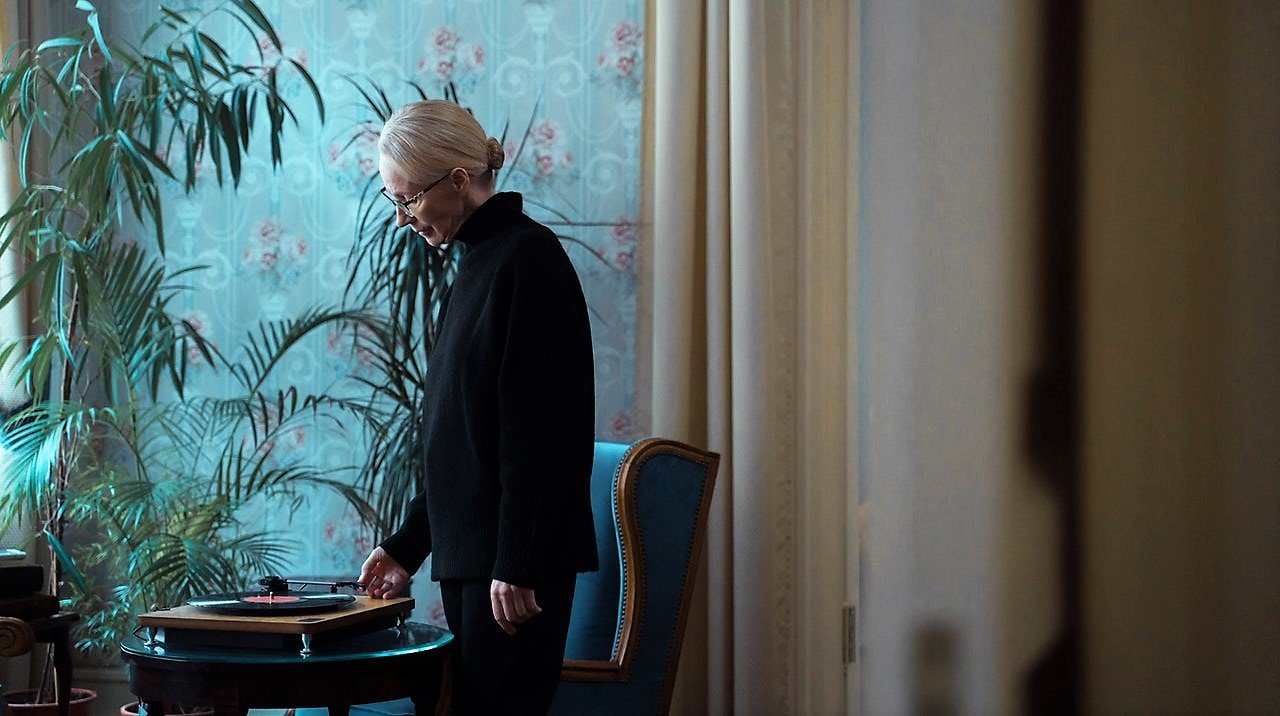

Rod Collman AIA, President, sdg Architecture
As an architect, I have had opportunities to design elder care and hospital facilities. Working with my previous firm for 50 years, I had the pleasure of collaborating with an in-house team of interior designers who understood the positive effect of their work on those who would use the buildings we designed. Research continues to reveal how important aesthetics can be in healthcare settings as exposure to color, form, texture, art and the making of art is proving to be an effective treatment for a variety of health issues.
Wendy R. Mauch is the Founder and CEO of Corporate Art Trends, a firm providing art consulting, project management and professional installation of art. In a recent email from Ms. Mauch was a story about designing interiors for dementia patients. It sparked my interest in the topic of environments designed for people suffering with dementias, aphasia and other diseases. Among Mauch’s specialties is Evidence Based Design serving Hospitals and E.R. Facilities, Physicians’ Offices, and Senior Living Facilities specific to their mission.
(Following quotes and information from the Corporate Art Trends website, written by Mauch and Anne Strickland, CEO of Great American Art.) www.corporatearttrends.com
“We provide expert art consulting all around the country. Our complimentary design services include art consulting, establishing a budget or working within an existing budget, custom detailed proposals including colored floor plans and working with custom art pieces. Our services include an onsite consultation, project management, and a professional installation.”
Mauch was an accomplished commercial photographer and a marketer of interior plantscapes early in her career. She had been diagnosed with cancer when a black and white photograph of a barren tree in winter hanging in her oncologist’s waiting room resonated with her mood of despair. Clearly the image “…was not selected with the patient in mind,” according to her website. “At that moment Wendy decided she could make a difference in the lives of patients, visitors, office occupants, and customers — It was then Corporate Art Trends was born.”
“Proper artwork selection helps to develop an aesthetically appropriate, diverse art program that provides positive distractions, helps orientate people spatially and socially, and enhances beneficial environmental interventions that seek to provide the best conditions for people with dementia and those that care for them.”
A blog post on the Corporate Art Trends website from January 7, 2018, (Art in Healthcare), explores Three Major Elements of Art for consideration in choosing artworks for any environment.
Content
Content refers to what an artwork represents, particularly subject matter. It establishes a “thought, feeling or tone.” The post suggests that pastoral scenes and scenes of nature can be universally peaceful and calming. An example of “an unoccupied seat in the distance” establishes a feeling of loneliness. The right choices of content and color are keys to the viewer’s emotional response.


Photo by Valiphotos from Pexels

Color:
Studies show that we respond to the colors of the rainbow spectrum according to their order. Warmer ‘earth tones’ are nearer the earth and can create a happy, warm and grounding emotional response. Cool colors rise into the sky, can create peaceful and spiritual responses. The skilled use of color is critical in artworks, lighting and interiors in benefitting the wellbeing of those within an architectural environment.
Line:
Lines have different references and are all related to our perception of the natural world. Horizontal lines suggest a sense of grounding and stability; Vertical lines bring inspiring, spiritual responses; Diagonal lines convey dynamic energy; and Curving lines are soothing and suggest natural shapes.
For more about the Three Major Elements of Art and the unique roles of art for Hospitals, Clinics, Independent Living facilities, Assisted Living facilities and Alzheimers/Dementia facilities, go to the Corporate Art Trends website and blog page. The subject of art and floorplan in treating dementia will be the focus of my next blog topic as we explore 3 Must-Haves in Designing for Dementia Care.
Be the first to comment